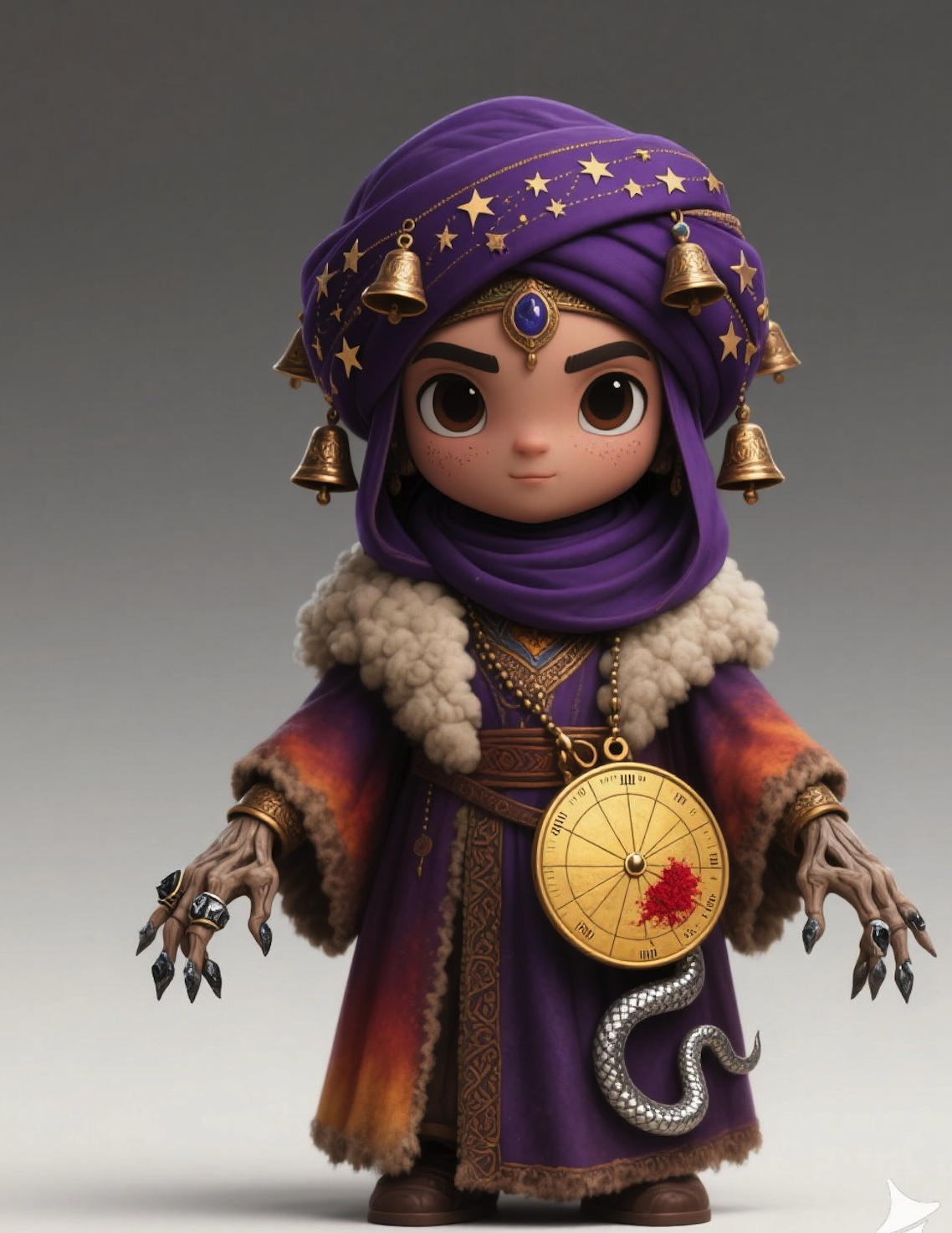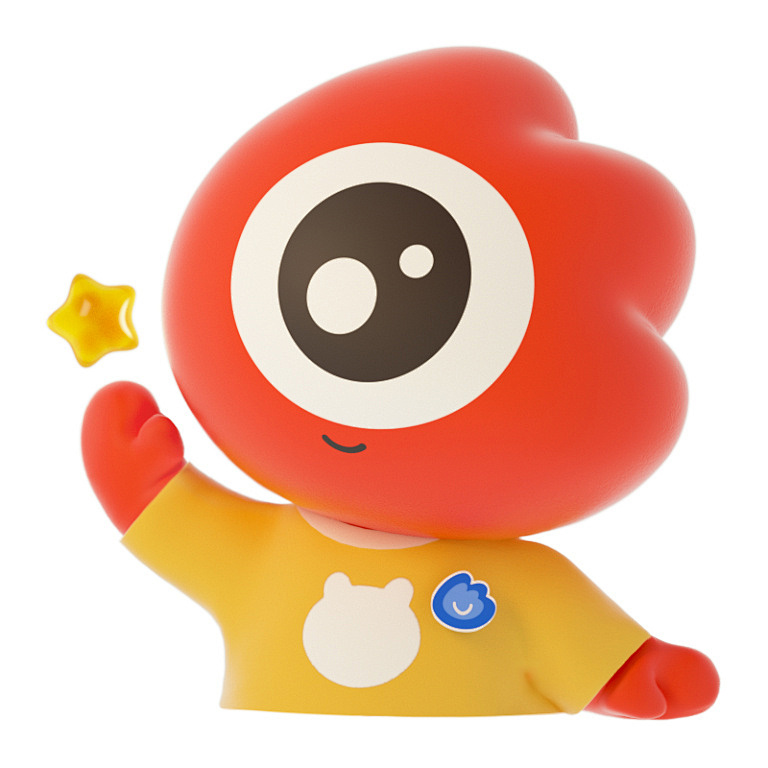
Understanding the territory within 3D art is transforming quickly, stimulated by innovational tools that drive this shift: language-based 3D fabrication. This avant-garde segment democratizes access to 3D design to an inclusive group, allowing artists with limited expertise to assemble high-level 3D models simply through using written directives.
Bring to mind a realm where each individual might create their notions in spatial dimensions, regardless of their background. This demonstrates the hope that text-to-3D modeling presents, releasing the imagination within all designers.
AI Enhanced 3D Fabrication: Inaugurating an Innovative Epoch
The landscape of innovative design is witnessing a notable change with the advent of AI-enabled 3D modeling. This groundbreaking technology strengthens users to craft complex 3D models with peerless effortlessness. AI engines understand user requests and translate them into exacting 3D renderings. From architectural blueprints to characters for gaming, the horizons are virtually endless.
A notable aspect of AI-empowered 3D modeling is its potential to empower the creative workflow. Even rookies can these days fabricate professional-standard 3D models. This expands a range of opportunities for makers to bring forth their thoughts into reality.
- Machine learning-based 3D modeling may facilitate design by mechanizing repetitive chores.
- Cooperation between human designers and AI platforms can lead to fresh solutions.
- This technology hold the capacity to transform numerous industries, from virtual sports to wellness.
Sculpting Designs Using Language: Unlocking Text-to-3D Potential
The sector inside 3D modeling is undergoing a striking development thanks to the emergence via text-to-3D generation. This state-of-the-art technology empowers users to realize their imaginative visions straightforwardly through inputting written prompts. Conceive expressing a fantastical creature or a finely detailed object, and watching it come alive before your gaze in three-dimensional form. This union of language and digital fabrication unlocks a wealth consisting of opportunities for innovators and anyone with a desire for design.
- Word-controlled spatial creation
- lets users bring thoughts to life
- Dream about expressing surreal organisms that form instantaneously
Transforming Visions Into Tangibility: AI's Impact on 3D Modeling
The realm of 3D creation is embracing a major evolution, sparked by the tremendous potential of smart algorithms. Previously limited to dreams, refined 3D models and designs are now becoming concrete by means of AI. These advanced algorithms can synthesize elaborate geometries, textures, and materials with remarkable speed and accuracy. From conceptual art to product designs, AI is transforming creators across numerous industries to develop their visions in ways previously unimaginable.
This conjunction of AI and 3D design offers extensive possibilities for both experienced practitioners and aspiring artists. Easy-to-use interfaces make these state-of-the-art tools obtainable to a inclusive user base, fostering the democratization of creation and spurring novel breakthroughs on an exceptional scale. As AI systems advance, we can expect even more sophisticated features that will overcome the boundary between mental images and actual objects.
- Molding
- Projection
- Movement
Next-Level Artistic Expression Through AI 3D Modeling
The domain of creative industries is participating in a groundbreaking transformation. With the emergence of leading-edge AI platforms, the ability to produce 3D models has become far more user-friendly. This progression allows innovators to illustrate their visions with momentum and performance noted before.
Perceive a prospect where intricate 3D models are assembled instantly, driven by basic text messages. This is no not simply daydream; it represents the state currently observed globally.
- Neural network-based 3D modeling platforms are already common.
- They equip users with restricted design experience to develop professional-grade 3D models.
- Whether for architectural drawings to detailed product models, the potentials are limitless.
Streamlining 3D Modeling with AI Collaboration
The field of 3D design changes promptly, driven by the transformative force of artificial intelligence. Neural networks programs have emerged as key co-creators, facilitating designers to extend their creative boundaries and improve design workflows like never before.
From building detailed models to introducing innovative methods, AI tools augment designer capabilities with unprecedented efficacy. This partnership of human creativity and machine intelligence enables a realm of possibilities, making it feasible to envision and bring to life 3D models previously considered unfeasible.
- Cognitive design tools present designers numerous selections to explore.
- Adaptive workflows allow designers and AI to function jointly, refining designs continuously.
- Fine-grained 3D constructs can be produced quickly and with impressive accuracy, freeing designers to concentrate on the aesthetic aspects of their projects.
As AI methods develop, its role in 3D design will become increasingly necessary. Embracing this revolutionary partnership will help designers to innovate the future of 3D art, transcending previously understood edges.
Surpassing Limits: Designing Exceptional 3D Works with Artificial Intelligence
The landscape of 3D modeling embraces a profound innovation, driven by the unmatched capabilities of artificial intelligence. AI-empowered tools are empowering makers to formulate and assemble 3D models with previously unseen precision. These advanced algorithms can craft sophisticated structures from simple requests, removing traditional design barriers and pushing the limits of what is feasible. From authentic figures to avant-garde designs, AI is changing 3D modeling to be more accessible while enabling a nascent community of creators.
- Harnessing the energy of innovation
- A Paradigm Shift in Modeling
- Closing the Gap
Presenting the Future Stage in 3D: Text-to-3D Platforms
The environment of 3D creation is developing quickly at an remarkable rate. Pioneering platforms are surfacing that apply the power of linguistic directives to fabricate stunning 3D models with notable ease. These text-to-3D systems are revolutionizing the 3D design process, rendering it accessible to a broader collective than ever before.
- Dream of designing intricate designs simply by describing them into a software interface. Text-to-3D platforms materialize these notions.
- Leveraging architectural blueprints to tailored jewelry, the possibilities are vast.
This particular groundbreaking progress in 3D creation is intended to transform fields, fueling innovation and creativity across the expanse.
Next-Gen AI Boosting 3D Workflow Productivity
The field of 3D creation is experiencing a far-reaching transformation, triggered by the rapid progress of artificial intelligence. Smart computational engines are now capable of creating fine 3D models with unmatched quickness and precision, revolutionizing markets from architectural design to manufacturing and entertainment. Historically, 3D modeling meant laborious, time-intensive manual work requiring extensive input and expertise. Nevertheless, AI-enhanced tools optimise the workflow, allowing creators to promptly iterate, experiment, and generate their plans to life with remarkable performance.
- Moreover, AI manages to analyze vast datasets of existing 3D models to uncover patterns and trends, enabling it to develop innovative designs that challenge creativity.
- Thus, the distribution of 3D creation is widening, authorizing both individuals and businesses with minimal resources to contribute to this transformative technology.
These significant advancements are destined to unlock new windows across a considerable applications, from customized items to interactive engagements. The future of 3D creation is inextricably intertwined with the ongoing evolution of AI, promising a time where imagination is unlimited.
Broadening Access to 3D Printing Technologies
The environment of 3D printing has gone through a significant development, moving from a niche technology to an increasingly ubiquitous tool. This expansion is fueled by various factors, including the cost decrease of 3D printers and software, coupled with a burgeoning community of makers and designers spreading knowledge and resources.
For that reason, 3D printing is now within reach of individuals, organizations, and even educational institutions, permitting them to construct tangible objects with remarkable flexibility. This meld of technology and imagination has the ability to improve a inclusive range of arenas, from medicine to education, spurring innovation and enabling individuals to give physical form to their visions.
Fusing Natural Language and 3D Modeling
{The realm|The world|The field|The environment|The Text to 3D model space|The domain| 